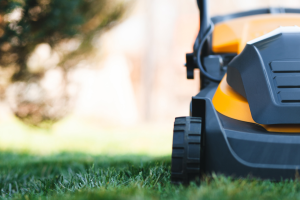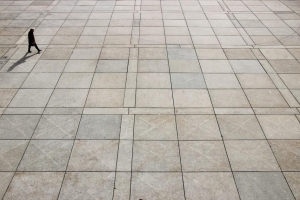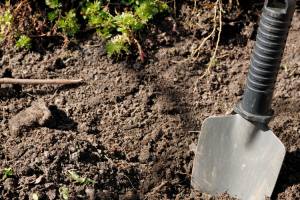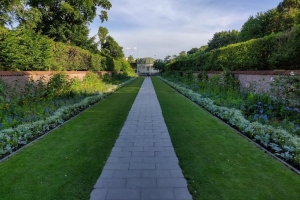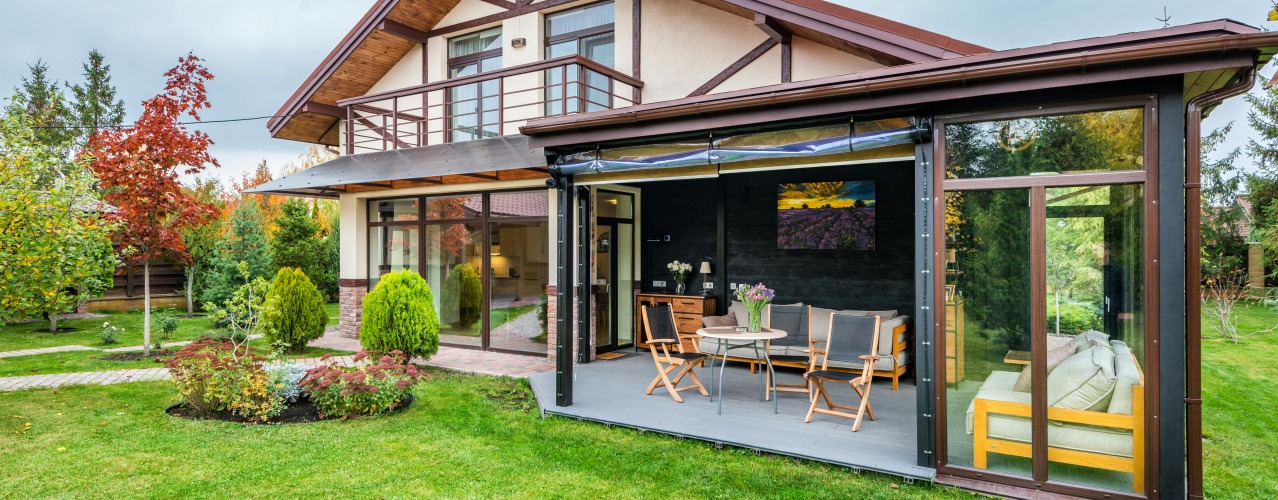

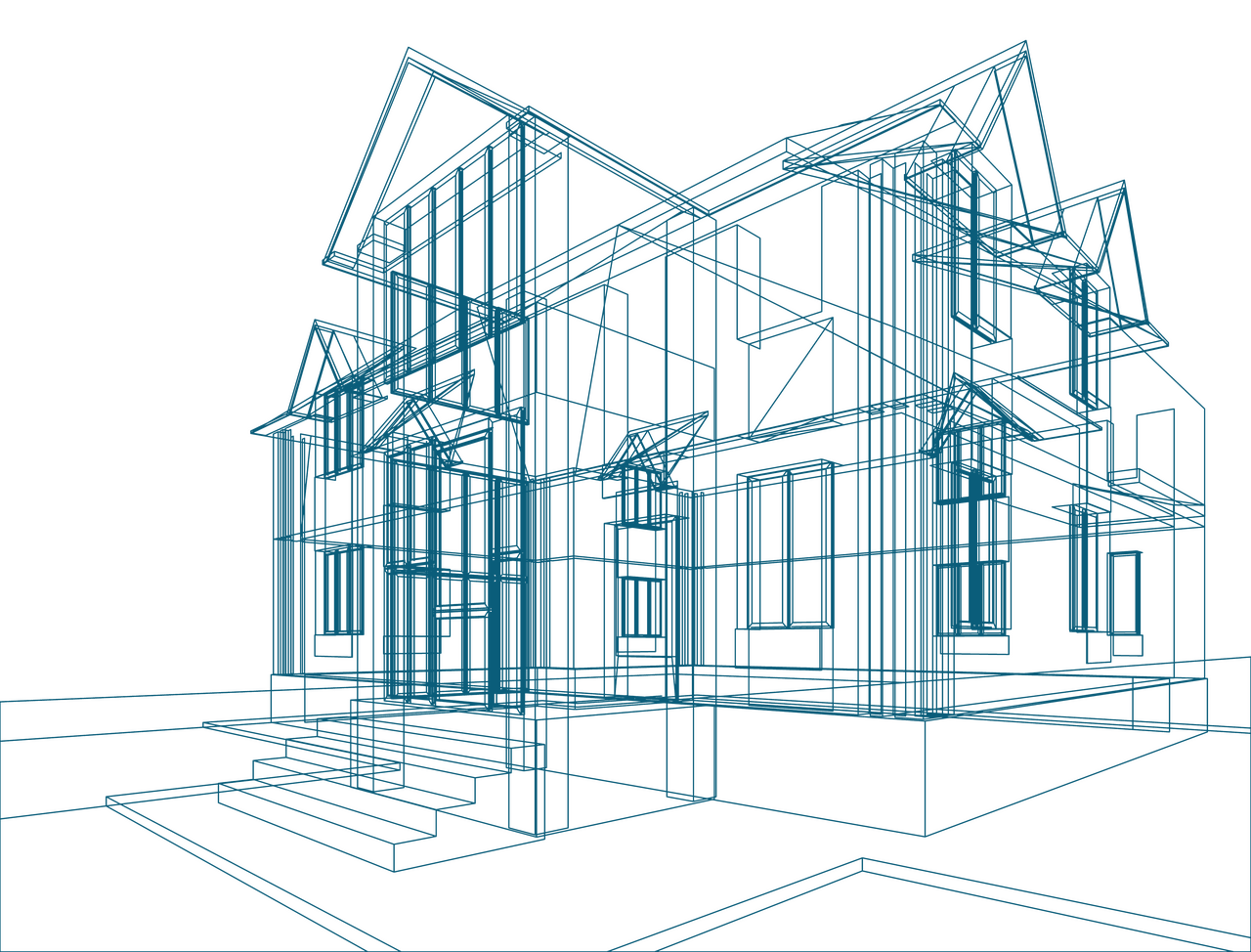
Market report
Home Improvement & Outdoor Spaces
The Garden Monitor tracks consumer behavior in gardening and outdoor renovations, including spending patterns and market developments.
Blogs I published 22 November 2024 I Dirk Hoogenboom
European Garden Monitor – Trends and Outlooks
For many of us, the garden has always been a beloved space: it’s where we’d kick back on our own, enjoy a barbecue with friends and family or let the kids and pets run free. Well, over the past years, they’ve become so much more. Our European Garden Monitor report explores these trends in depth, shedding light on what’s driving these changes.
During the pandemic – with travel off the table, some money left over and extra time spent at home – people across Europe turned to their outdoor spaces and started thoroughly reimagining them. Suddenly, gardens weren’t just a place to sit or a patch of land to mow, but a show-stopping feature of our homes. The humble garden became an extension of our lives and comfort zones, so, nowadays, we tend to think of them as havens where we can work, play and relax.
Even with life slowly shifting back to normal, we’re seeing that the garden is still very much in focus. So let’s look at how they’re being used, what’s changing about them and why they still remain so important in our day-to-day.
Characteristics, Appetite and Preferences
European gardens vary widely in size, and this influences how homeowners design and use them. In countries like France and Sweden, large gardens are common: 16% of French homeowners and 22% of Swedish homeowners report garden spaces larger than 1000 sqm, allowing for a mix of landscaping options (from flower beds to seating areas, or even garden structures).
On the other hand, the Netherlands have fairly smaller gardens, with 26% of homeowners reporting garden spaces as small as 25 sqm. There is, however, a strong trend towards maximizing every square meter, mostly by using vertical gardening, creative patio designs and space-saving outdoor furniture.
As for proclaimed gardening enthusiasts, Poland leads the pack with 39% identifying as passionate gardeners, and the Netherlands and Belgium having the smallest share at 17%. Most countries, however, fall somewhere in the middle, with casual gardeners making up the majority (44% to 53%). But what exactly are they doing? Here’s the lowdown.
Garden Spending: Improvements Big and Small
In the last year, European homeowners have been spending on their gardens, though the scale of investment varies.
Poland, Austria and Sweden saw a significant outpour on garden upgrades, with 43%, 41% and 40% of homeowners, respectively, investing in major improvements like garden buildings, outdoor furniture or paving.
Countries like Germany, Belgium and the UK focused more on smaller improvements, with around 50% of homeowners adding plants, flowers or refreshing garden decor. Interestingly, France and the Netherlands were less inclined to make major upgrades, with only about 25% investing in large-scale changes. This could reflect a more balanced approach, where gardens in these countries are already well-established, and homeowners are looking to maintain and enhance what they have.
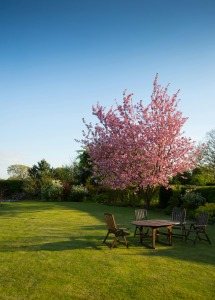

Satisfaction and the Desire for Change
When it comes to satisfaction, garden owners across Europe are generally in the same boat, but Swedish and UK gardeners seem to be the least satisfied with their spaces, with 36% and 29% expressing dissatisfaction. One clear trend is the desire for greener, easier-to-maintain gardens. Some 58% of Swedish homeowners say they want to make their gardens greener, and similar sentiments echo in France and Germany, where 42% of people feel the same.
There’s a growing interest in creating spaces that require less effort to maintain, especially visible in countries like Germany and the UK, where 37% and 42% of homeowners are mostly concerned about the maintenance demands of their gardens. Homeowners are focusing on making their gardens beautiful, but also simpler to care for, whether by using low-maintenance plants or investing in easier-to-use tools.
When it comes to garden improvements, Sweden, Poland and Austria are at the top with 80-81% of green thumbs planning upgrades this year (either by adding new features or sprucing up the existing space). Germany, the UK and France are also actively planning changes, but Belgium and the Netherlands have fewer plans to make changes to their gardens.
Garden Types and Motivators
What makes a garden ideal? Is it filled with vegetables and herbs, or loaded with playground equipment for the kids? Maybe it’s a space with high-quality furniture and sleek, low-maintenance designs? Or a shutter friendly outdoor haven. Whatever it may be, homeowners across Europe are mentioning all these preferences when thinking about their outdoor spaces.
For now, most describe their gardens as wild – full of overgrown plants and a more natural, unstructured look that welcomes wildlife. But when it comes to dream gardens, there’s a noticeable shift. Europeans increasingly want Instagrammable spaces; gardens that are not only beautiful but also well-maintained and visually appealing.
This trend is also reflected in why people are spending money on their gardens. Aesthetics is the top reason for upgrades in countries like Germany (73%), the UK (72%), Poland (66%) and Sweden (65%). Close behind, many are looking to improve their home environment (62% in Germany, 53% in Austria) or find a peaceful retreat in their outdoor space (48% in Austria, the UK, and France).
Activities and Seasonality
Overall, professional gardening help is uncommon and overwhelmingly ignored in Europe, but countries that show some interest in gardeners or landscapers are Austria (17%), Sweden (16%) Belgium (15%) and the Netherlands (14%). Around 80% of garden owners across Europe use them for relaxation (think tanning, reading or mindfulness), BBQs or growing plants and flowers, while entertaining and growing food follow close.
As for the seasons, gardening activities are most frequent in spring, summer and autumn, with many people spending time in their gardens at least once a week during these times. The winter months see less activity, but Belgium and the Netherlands are exceptions – garden activities are less frequent year-round.
Smart Gardens: Convenience Meets Innovation
With more people looking for ways to simplify their garden maintenance and improve their outdoor living experience, smart technology is picking up: 25% of Europeans are investing in smart outdoor lighting and sound systems, bringing a touch of modern convenience to their gardens.
One of the most significant shifts in gardening technology is the rise of cordless tools. Sweden and Austria are leading the charge, with 62% of Swedish and 51% of Austrian homeowners opting for cordless mowers. This shift toward battery-powered tools – whether for lawn mowing, hedge trimming or leaf blowing – is making garden maintenance easier, cleaner and more sustainable. As cordless tools become the norm, they’re helping to reduce the reliance on noisy, polluting gas-powered machines.


Popular Brands and Must-Haves
As Europeans embrace these garden trends, certain brands have become synonymous with quality and reliability. Bosch is the dominant player in the lawnmower market, with a strong presence across most of Europe, though Stihl is the top brand in Poland, and Black & Decker the go-to choice for outdoor power equipment in the UK.
When it comes to pressure washers, Kärcher is the market leader, with a commanding share of the European market, while Weber is the name to know for outdoor cooking, particularly in the Netherlands, where 79% of people recognize the brand. Gardena remains a strong player, particularly in countries like Germany, Belgium and the Netherlands.
Garden structures – like sheds, gates and garden houses – also remain popular. With 62% of UK homeowners and 61% Dutch ones owning these garden elements, it’s clear that classic garden features still hold strong appeal.
Looking Ahead: What’s Next for European Gardens?
For professionals in the garden industry, the shifts we covered present an opportunity to align with what today’s gardeners are looking for: practical solutions that make a difference. From smart lighting and low-maintenance designs to tools that make the job easier, there’s a growing demand for products that simplify and improve the gardening experience.
Dive deeper into these emerging trends with our European Garden Monitor report.
So, with the gardening world changing quickly, staying on top of these shifts can be a valuable asset. If you’re curious about what’s shaping the future of gardening, we can keep you in the loop. Check out our reports, webinars and blogs – they’re packed with insights that can help you stay informed and ahead of the curve.
Home improvement Consulting Services for You
We provide tailor-made market research and off-the-shelf reports, both B2B & B2C, qualitative and quantitative. Here are some you might be interested in
Investigate emerging trends in Europe’s garden sector for strategic growth and innovation.
Determine the scope of garden-related products and services across Europe.
Identify consumer profiles in European gardening to tailor product offerings and marketing strategies.

Read more

Fresh Insights Await
Our relevant reports
Delve into the newest findings across various market segments, crafted for a cutting-edge overview. Explore our insightful reports, brimming with up-to-date data, trend analyses, and in-depth examinations, all tailored to provide you with a comprehensive understanding of the current market dynamics.
Construction
Home Improvement
Installation
Special reports










